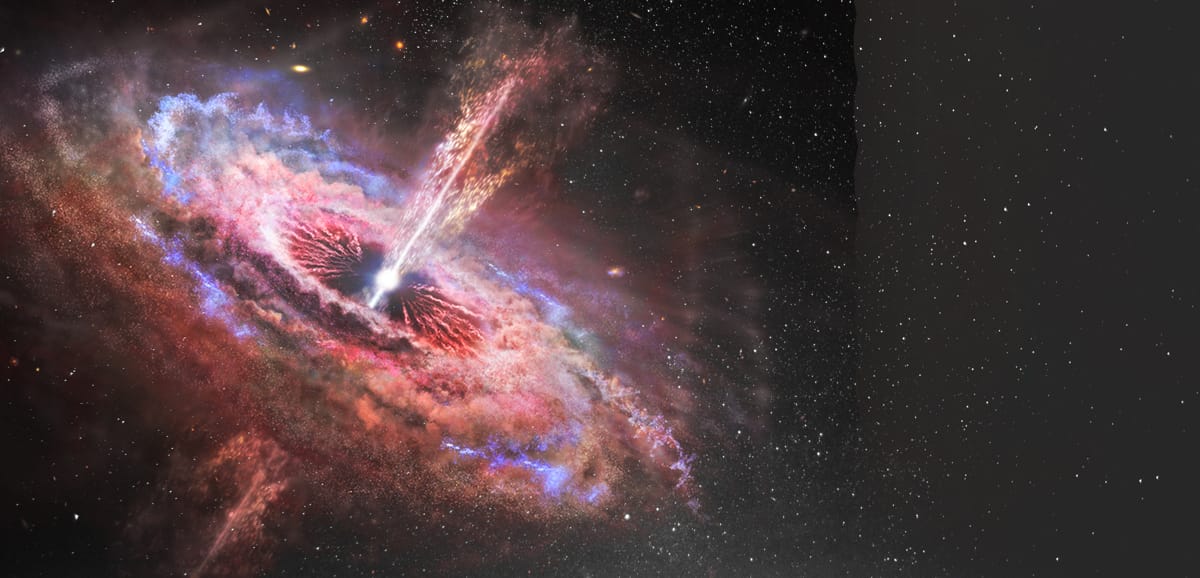https://ui.adsabs.harvard.edu/abs/2024NatAs.tmp…86B/abstract
In this work we modelled the interior structure and thermal evolution of a newborn planet V1298 Tau b, orbiting a 23 million years star V1298 Tau.
Young transiting exoplanets offer a unique opportunity to characterize the atmospheres of fresh and evolving products of planet formation. We present the transmission spectrum of V1298 Tau b; a 23 Myr old warm Jovian sized planet orbiting a pre-main sequence star. We detect a primordial atmosphere with an exceptionally large atmospheric scale height and a water vapour absorption at 5σ level of significance. We estimate a mass and density upper limit (24±5M⊕, 0.12 g/cc respectively). V1298 Tau b is one of the lowest density planets discovered till date. We retrieve a low atmospheric metallicity (logZ=−0.10 solar), consistent with solar/sub-solar values. Our findings challenge the expected mass-metallicity from core-accretion theory. Our observations can be explained by in-situ formation via pebble accretion together with ongoing evolutionary mechanisms. We do not detect methane, which hints towards a hotter than expected interior from just the formation entropy of this planet. Our observations suggest that V1298 Tau b is likely to evolve into a Neptune/sub-Neptune type of planet.

Left: Evolution of radius (upper panel) and internal temperature (lower panel) of two possible formation-evolution tracks; core-envelope structure (black line) and diluted core structure (red line) of V1298 Tau b. Solid and dotted lines represent simulations with sub-solar (0.1 solar) and solar envelope metallicity. Right: the metal distribution in the interior as a function of pressure for the two models at its current age (23 Myr). Models are calculated for in-situ formation of planets with 35-45% H/He (in mass), starting from Hill sphere radius.





